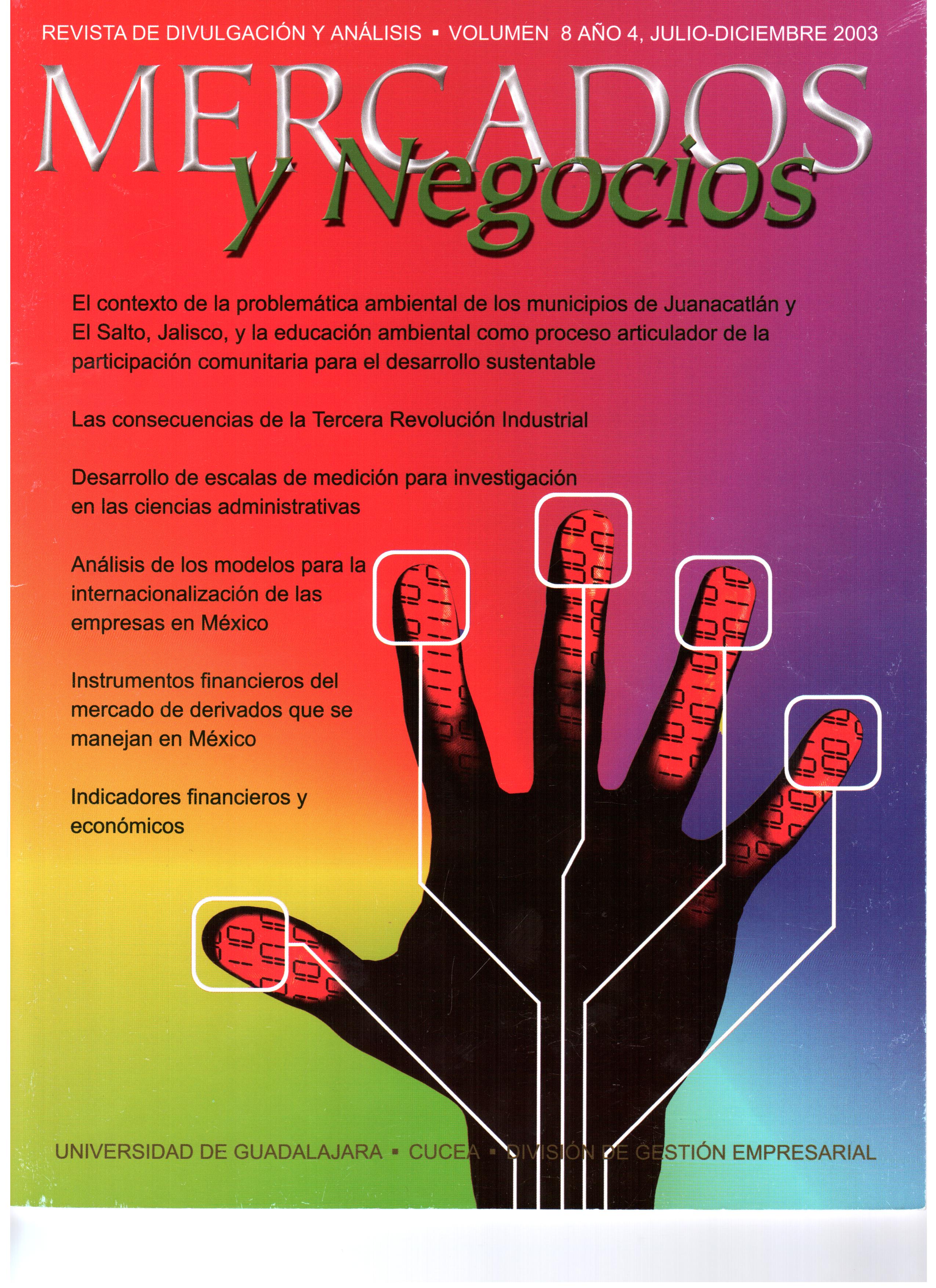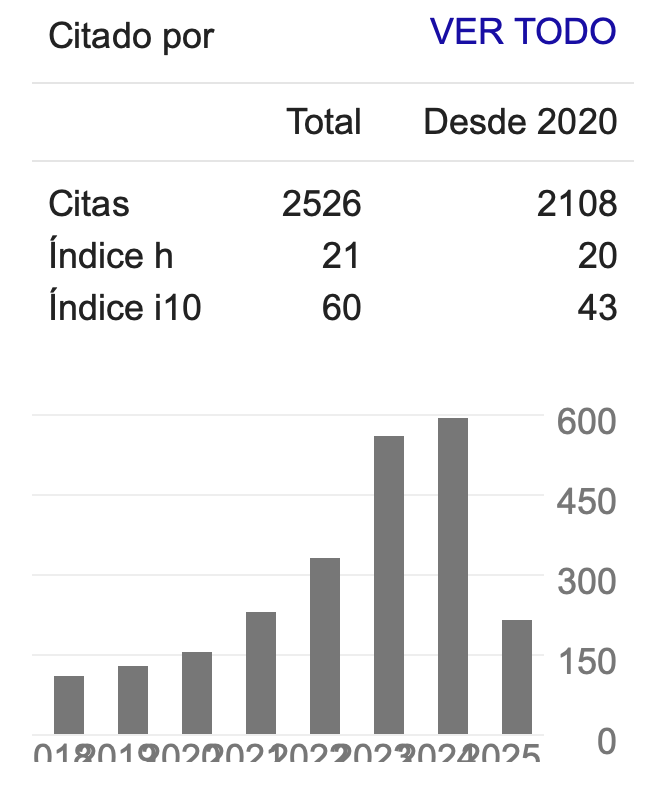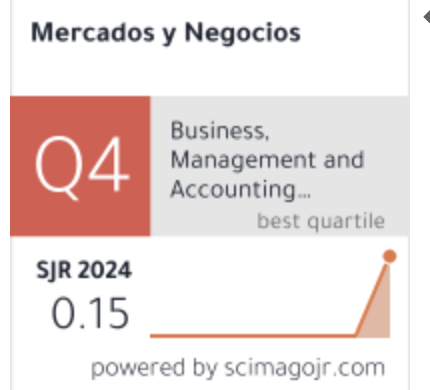Desarrollo de escalas de medición para la investigación en las ciencias administrativas
DOI:
https://doi.org/10.32870/myn.v0i8.4956Abstract
El presente artículo analiza el papel de la medición en las ciencias administrativas, haciendo énfasis en mercadotecnia, y la importancia de la teoría en el desarrollo de escalas de medición. Ofrece sugerencias para generar y evaluar instrumentos de medición, y recomienda un procedimiento para el diseño y conducción de estudios para el desarrollo de escalas.References
Bagozzi, R. P., Yi, Y., & Phillips, L. W. (1991). Assessing construct validity in organizational research. Administrative science quarterly, 421-458.
Bearden, W. O., & Netemeyer, R. G. (1999). Handbook of marketing scales: Multi-item measures for marketing and consumer behavior research. Sage.
Bollen, K. A. (1989). Structural equations with latent variables.
Campbell, D. T. (1960). Recommendations for APA test standards regarding construct, trait, or discriminant validity. American Psychologist, 15(8), 546.
Churchill Jr, G. A. (1979). A paradigm for developing better measures of marketing constructs. Journal of marketing research, 64-73.
Churchill Jr, G. A., & Peter, J. P. (1984). Research design effects on the reliability of rating scales: A meta-analysis. Journal of marketing research, 360-375.
Cronbach, L. J. (1951). Coefficient alpha and the internal structure of tests. psychometrika, 16(3), 297-334.
Cronbach, L. J., & Meehl, P. E. (1955). Construct validity in psychological tests. Psychological bulletin, 52(4), 281.
DeVellis, R. F. (1991). Scale development: Theory and applications.
Diamantopoulos, A., & Winklhofer, H. M. (2001). Index construction with formative indicators: An alternative to scale development. Journal of marketing research, 38(2), 269-277.
Fornell, C., & Larcker, D. F. (1981). Evaluating structural equation models with unobservable variables and measurement error. Journal of marketing research, 39-50.
Gardner, H. (1993). Frames of Mind: The Theory of Multiple Intelligences.
Gerbing, D. W., & Anderson, J. C. (1988). An updated paradigm for scale development incorporating unidimensionality and its assessment. Journal of marketing research, 186-192.
Gordon, C., Bruner, I., & Hensel, P. J. (1993). Marketing Scales Handbook. A Compilation of Multi-Item Measures.
Kumar, A., & Dillon, W. R. (1987). Some further remarks on measurement-structure interaction and the unidimensionality of constructs. Journal of Marketing Research, 438-444.
Marcoulides, G. A. (1998). Applied generalizability theory models. Modern methods for business research, 1-22.
Nevo, B. (1985). Face validity revisited. Journal of Educational Measurement, 22(4), 287-293.
Nunnally, J. C. (81). Bernstein, IH (1994). Psychometric theory. New York: McGraw-Hill.
Peter, J. P. (1979). Reliability: A review of psychometric basics and recent marketing practices. Journal of marketing research, 6-17.
Peter, J. P. (1981). Construct validity: A review of basic issues and marketing practices. Journal of marketing research, 133-145.
Robinson, J. P., Shaver, P. R., & Wrightsman, L. S. (1991). Criteria for scale selection and evaluation. Measures of personality and social psychological attitudes, 1(3), 1-16.
Saxe, R., & Weitz, B. A. (1982). The SOCO scale: A measure of the customer orientation of salespeople. Journal of marketing research, 343-351.
Schumacker, R. E., & Lomax, R. G. (1996). A beginner's guide to structural equation modeling.
Downloads
Published
How to Cite
Issue
Section
License
Mercados y Negocios by Department of Mercadotecnia y Negocios Internacionales. University of Guadalajara is licensed under a License Creative Commons Attribution-NonCommercial 4.0 International.
The author retains the copyright.








